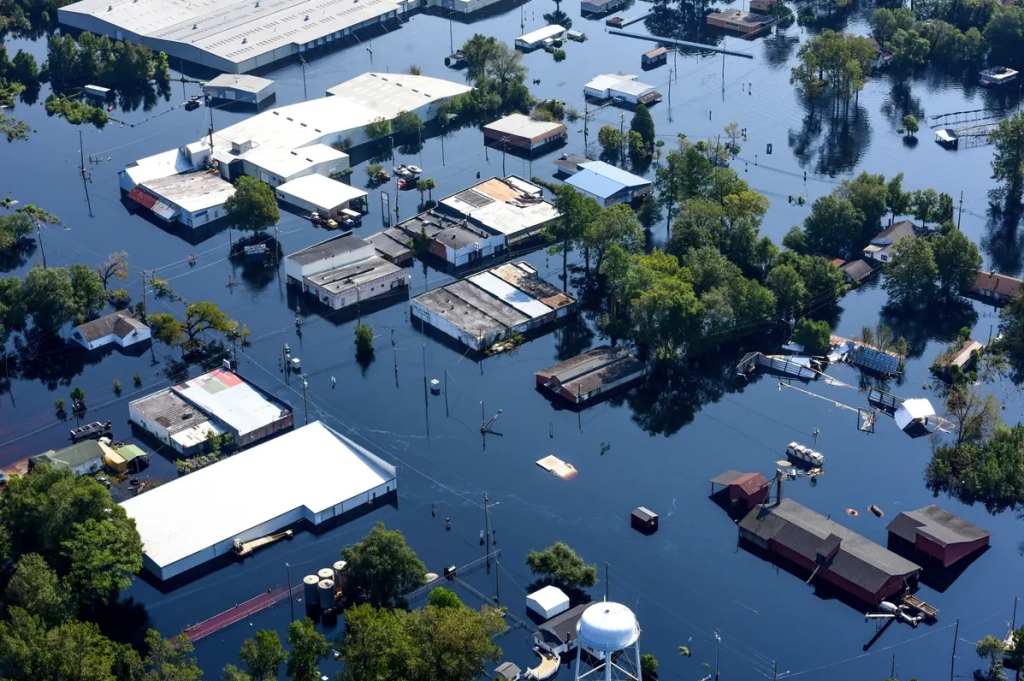Even as the US is set to withdraw again from the Paris Agreement, and potentially the entire UN Framework Convention on Climate Change process, Australia can leverage its partnership with Washington to continue its support for strategically important climate efforts.
To do so, Australia must emphasise that the value propositions for US investments in a climate-resilient Indo-Pacific region are based in US national security and economic interests. It is far cheaper to prepare for future impacts than to react to increasingly intense and concurrent disasters. These investments will also ensure a more stable region less influenced by China’s own, often competing, investments.
This is easier said than done, but the goal is to use the next four years to build global resilience to intensifying climate impacts. The strategic and moral imperative of that goal means doing everything we can with the hand we’ve been dealt.
Early indications of the Trump administration’s approach to global climate resilience can be gleaned from Trump’s cabinet preferences and the Heritage Foundation’s Project 2025 policy documents—if incoming officials do indeed heed them.
Ideologically motivated perspectives exist. This includes Trump’s choices for secretary of defense, Pete Hegseth, and director of national intelligence, Tulsi Gabbard, who have both recently attacked climate as a security issue. Similarly, Project 2025 is critical of most US climate efforts, and includes recommendations that would damage US leadership in climate science.
So how can Australia and likeminded countries mitigate these risks and grasp opportunities?
Regardless of how loudly the administration might attack climate change as an ideological issue, key prospective officials seem to understand its relevance to national security—both in geopolitical competition and in adaptation for future climate impacts.
The geopolitical dimension will likely be important to keeping the US engaged on climate issues. The proposed national security advisor nominee, Mike Waltz, has been vocal about risks of depending on China for clean energy, particularly for critical-minerals supplies. As secretary of state, it’s clear that Marco Rubio will focus on holding China accountable for its responsibility to rapidly reduce its outsized and growing share of global emissions.
The national security case for adapting to climate impacts—traditionally less politicised than emission reductions—will also be apparent, regardless of whether it’s framed with climate-specific language. Rubio and Waltz have acknowledged the need to build resilience to climate-amplified disasters. As Floridians, they’ve seen first-hand the devastating effects of intensifying hurricanes and sea-level rise.
Even Project 2025’s chapter on foreign aid agency USAID, while advocating a wholesale redistribution of sources and engagement in the provision of aid, and cutting climate strategies and programs broadly, still says ‘USAID resources are best deployed to strengthen the resilience of countries that are most vulnerable to climatic shifts’. While it’s unlikely that an administration following Project 2025 will provide any support for multilateral climate finance programs, it could continue delivering bilateral and minilateral climate resilience investments.
Australia may have more in common with the US on climate than is apparent on first look, particularly with officials such as Waltz and Rubio. The Australian government will disagree on a broad range of issues with the new administration, including criticisms of climate science, the need for emission reductions, and the link between climate and national security.
We do not have the luxury of time to align on every issue, however, so we must advance mutual climate interests for the sake of a more resilient future. Identifying the specific areas where US national interests align with climate resilience can help deliver regional assistance where it’s needed most.
Many defence assets are exposed to climate impacts. Rising disasters at home and abroad will continue to distract the US military and its partners). Ignoring this will diminish military readiness and capability of the US and partners in the Indo-Pacific amid rising regional tensions.
Indo-Pacific geopolitics are sensitive to both climate impacts and investments in resilience. Pacific islands have long identified climate change as the greatest threat to their security. The US and partners such as Australia cannot take Pacific nations’ support for granted if they are left to deal with climate impacts on their own. They will increasingly turn to offers of support from alternatives, including China.
Southeast Asian countries are also vulnerable to climate impacts. The Philippines has just been hit by a sixth typhoon in a month, bringing this year’s total to 16—double the yearly average. As the Philippines’ secretary of defense noted at an event hosted by ASPI on 11 November, the annual cycle of responding and rebuilding after increasingly intense typhoons is costly.
He noted that this cycle affects the resources available for military priorities. He emphasised the importance of communicating the ‘value proposition’ for US support for the Philippines’ climate resilience. He referred not only to the strategic value of preparedness for military confrontation with China, but also the economic benefits of the Philippines acting as a hub for logistics and subsea cables.
This line of analysis will surely resonate with Rubio as secretary of state, who penned an essay in 2023 arguing for the importance of the US supporting the Philippines as it grappled with an increasingly threatening China in the South China Sea.
Advancing the economic value of climate resilience should also resonate with US national interests, as should the threat of losing out on the economic benefits of leading clean energy industries. The US is far behind China as the world’s largest producer of renewable energy technology. Australia should emphasise the need for the US to catch up on critical-minerals and clean energy supply chains to benefit economically and avoid economic coercion.
This administration will pursue policies that Australia and others will disagree with. These partners must ensure that US actions strengthen global and regional stability, not weaken it further—whether in its approach to ongoing geopolitical tensions, or future humanitarian crises. They must emphasise that the best way to minimise future risks includes reducing emissions, strong climate science, and investments in adaptation.
They can do so knowing what will resonate most with influential voices in the incoming administration.
This will be difficult, but not impossible. Success in climate policy requires coordinating broad coalitions around limited resources regardless of how dire the trends may seem, and how difficult progress may be.
This next four years will be no different.

